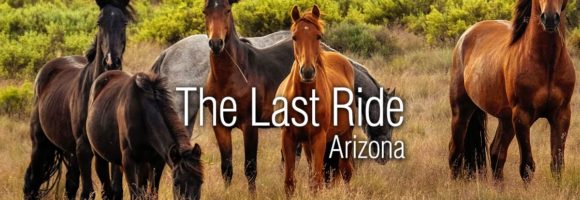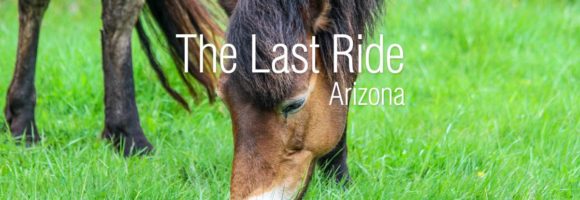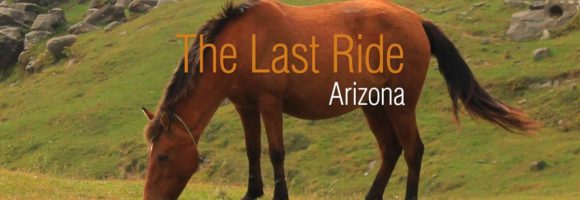Deadly Pasture Plants: Part 3

In this third and final installment of toxic plants that may be found in your pasture, we will look at more plants to watch out for and to eliminate from your horse’s diet.
Lamb’s Quarters
Also known as pigweed or goosefoot, lamb’s quarters is characterized by smooth, light-colored leaves and a woody red stem. As such, it rather resembles a small, green cluster of cauliflower. Horses are unlikely to eat this plant if other feed is available. In addition, large amounts of the plant need to be consumed in order to take effect. Symptoms of lamb’s quarters ingestion include:
Read More
